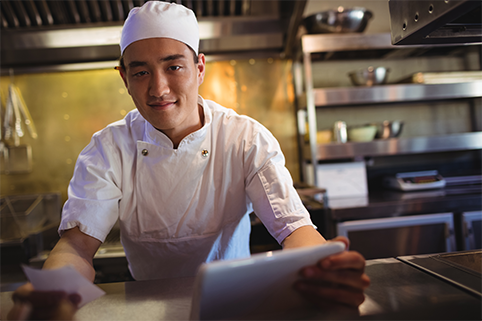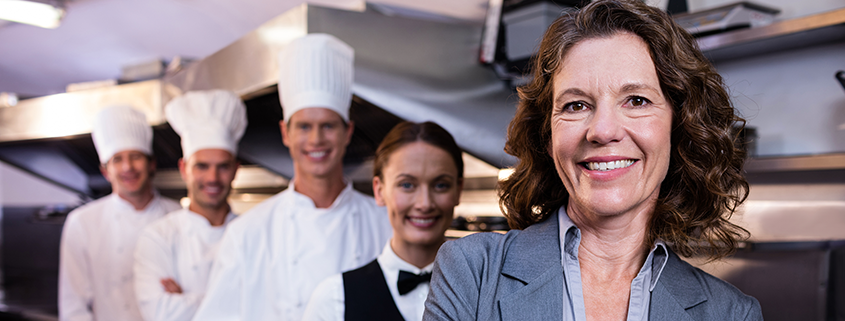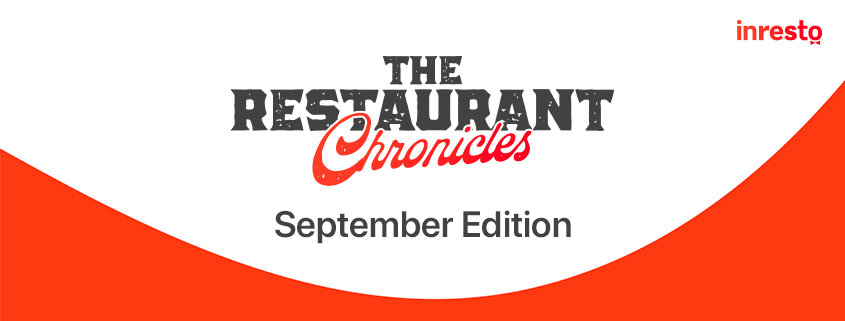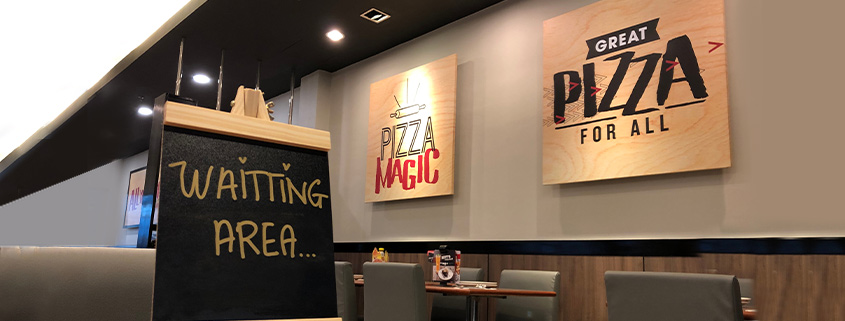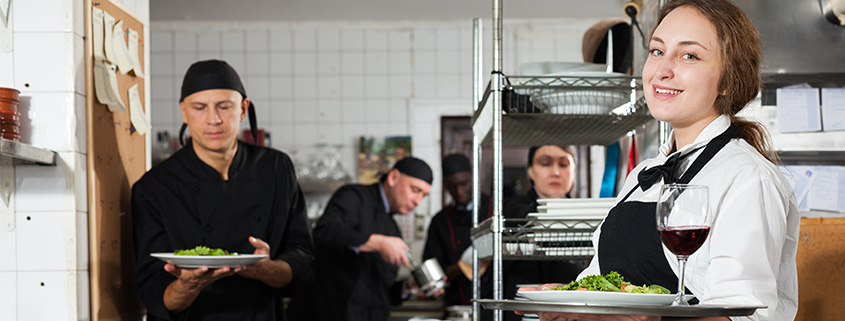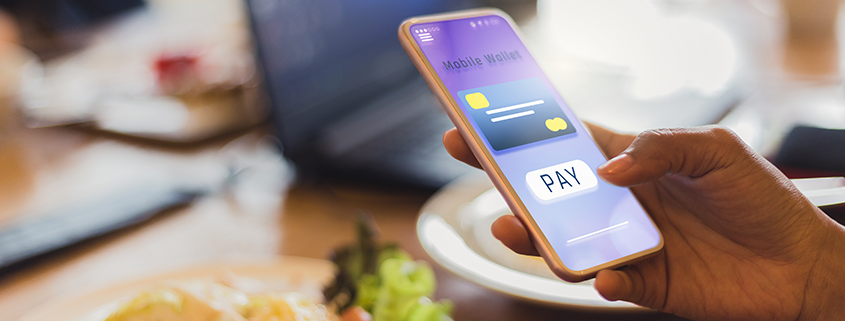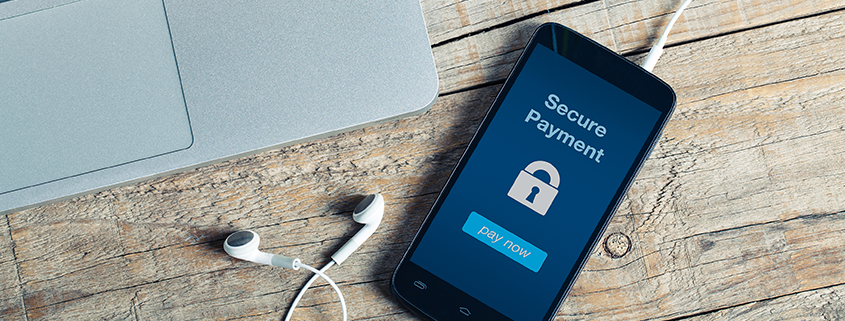If you are a restaurateur then you definitely know how messy busy days can get, both on the floor and in the kitchen. And God forbid you have a customer served a wrong dish! Not only will you have a very angry and vocal customer, but you will also have servers and chefs breaking their workflow to right the wrong, and inevitably the entire process gets slowed down.
Further, an automatic KOT printing system also enables you to employ software that is precise and error-free. The Kitchen Order Ticket is a virtual means of saving order and communicating it to the kitchen staff. It is not only helpful in terms of getting the order right, but it also speeds up the entire process. You simply install the system, let orders be taken through a POS system, and the correct order along with all necessary details is directly sent to the kitchen. With a KOT you can streamline the process, avoid miscommunication, and speed up your service provision.
Restaurant managers worldwide are upgrading to KOT printing systems, and here are 5 reasons that will make you want to upgrade your ordering system today!
1. Higher Efficiency, Better Time & Resource Management
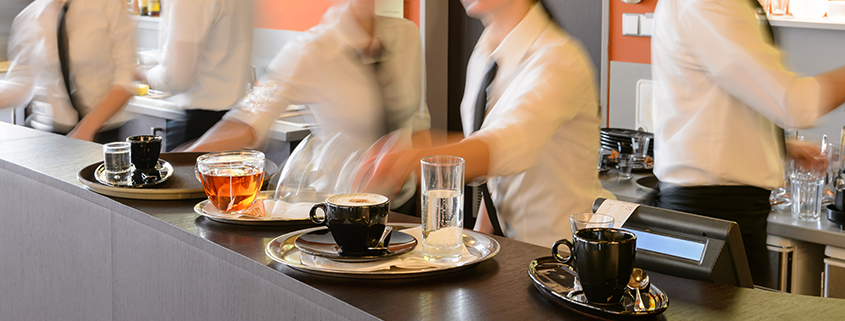
This is one of the primary reasons why restaurants use the KOT system. Since the order is taken through a digital menu and the corresponding ticket is automatically printed in the kitchen, the person taking the order does not have to visit the kitchen and relay the order. Actually, they will have to do nothing but take the order, the rest of the process will be automated.
So, on a busy weekend night, the table staff won’t have to run across the floor in order to have the kitchen informed about every single order. This saves a huge amount of time. And furthermore, it allows for quick changes to the order. Both the kitchen and the table staff will also be at ease since they will now have more time on their hands. With almost no managerial help and a bit of technology, you will have removed one of the primary difficulties of your restaurant process, managing a full house.
2. Integration with Virtual Kitchen Apps
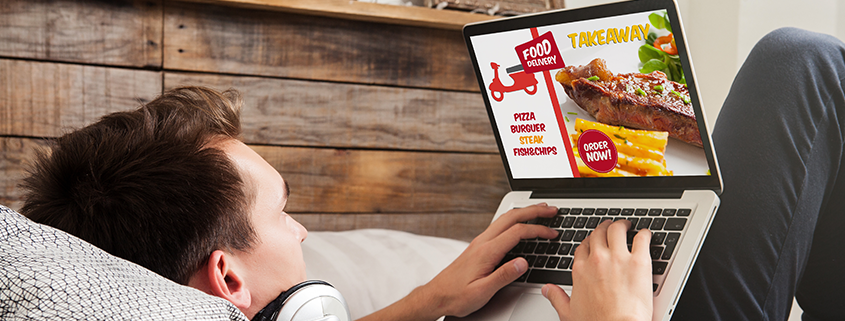
Most restaurants double as virtual kitchens because this is indeed a huge market to profit off. Once again the KOT system will allow for orders placed at a certain restaurant to be directly relayed to the kitchen staff instead of someone having to read the order manually and ensure it is prepared. Getting your virtual kitchen orders right is extremely important as this might become one of the primary sources of income for your restaurant business.
The tickets will also carry the order number and other specifications, so there are very minimal chances of the wrong order being delivered. Furthermore, KOT systems can be integrated into both private restaurant apps and third-party apps linked using inresto suite, so you have the maximum accessibility factor covered. The kitchen order ticket system is truly useful for any restaurant that aims to modernize its approach and streamline its process.
3. No Room for Error
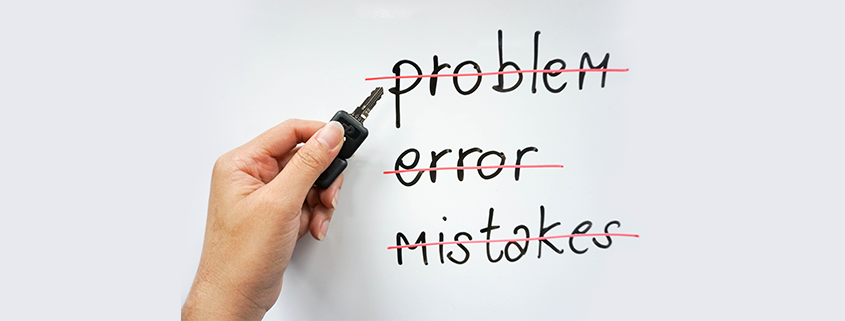
As soon as you reduce the amount of manual labour required in a process the chances of error are automatically lowered. On a busy day, it is but common for table staff to mix up the orders or have the wrong food delivered. But with a KOT system in place, this can never happen, and you can finally say goodbye to angry customers shouting at you on a Saturday night!
Since the orders are sent directly to the kitchen along with the table/order number and all other details, there are almost no chances of an error. By making sure that the staff does not feel overburdened with information the chances of error are further reduced. You get to finally enjoy a perfect system and reduce your managerial burden as well.
4. Easy to Use
There is almost no technical training required when upgrading your process with a KOT system. The table staff will simply have to punch in the order in a tab and it will be automatically sent to the kitchen through inresto DineIn. It can also integrate any specific instructions and other necessary details.
The orders are made easy to follow up by both the kitchen and table staff, and the process becomes smoother. Automation exists to bridge the gaps in our business processes, and the KOT is the perfect automation system for any restaurateur.
5. Low Investment – High Returns
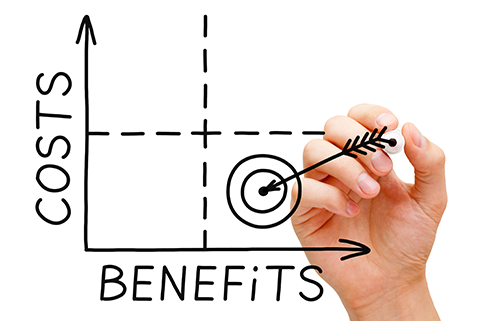
A KOT system requires hardly any budget but on the other hand, it allows the manager to gain an analytical advantage of the number of orders coming in at any point. This means a real-time understanding of the ROI can be gained.
This singular investment can end up saving you a lot of money. You won’t be required to hire new staff to meet the rising number of order, and you will also be able to get a bird’s eye view on your process at any point in time.
Upgrade your process with a KOT printing system today
By now it should be abundantly clear that a kitchen order ticket printing system will benefit a restaurant on multiple fronts. So, whether you are a virtual kitchen, a traditional restaurant, or both, find yourself a KOT system that helps minimize the labour required within your POS.
The use of automation is changing the way we view business processes. When it comes to the restaurant industry, various automated systems can help you achieve a smoother workflow and better customer management. The Kitchen Order Ticket system is one of the key components of developing your restaurant process to the next level.
Enter into the tech era of the food industry and reap its benefits to the fullest!

